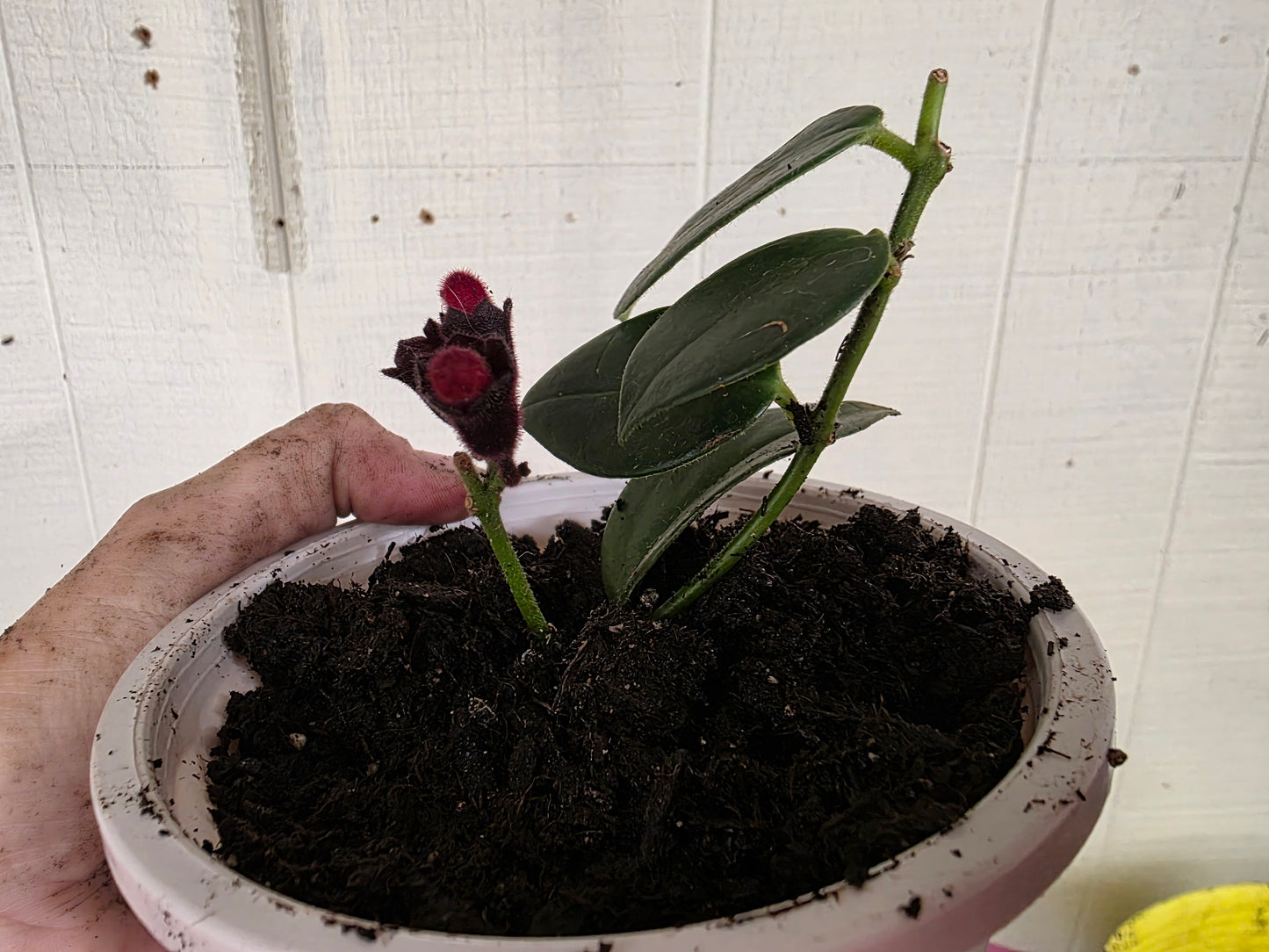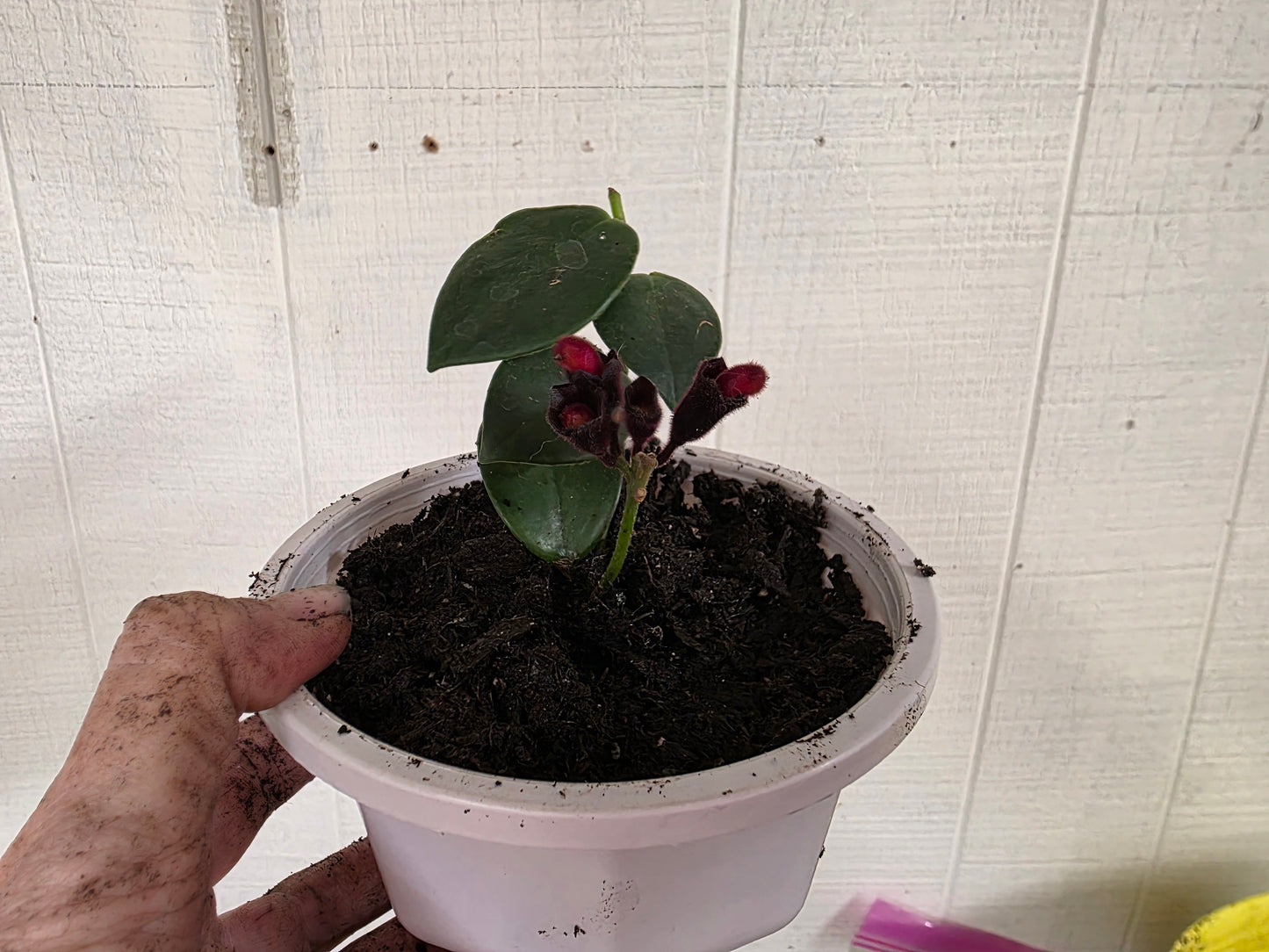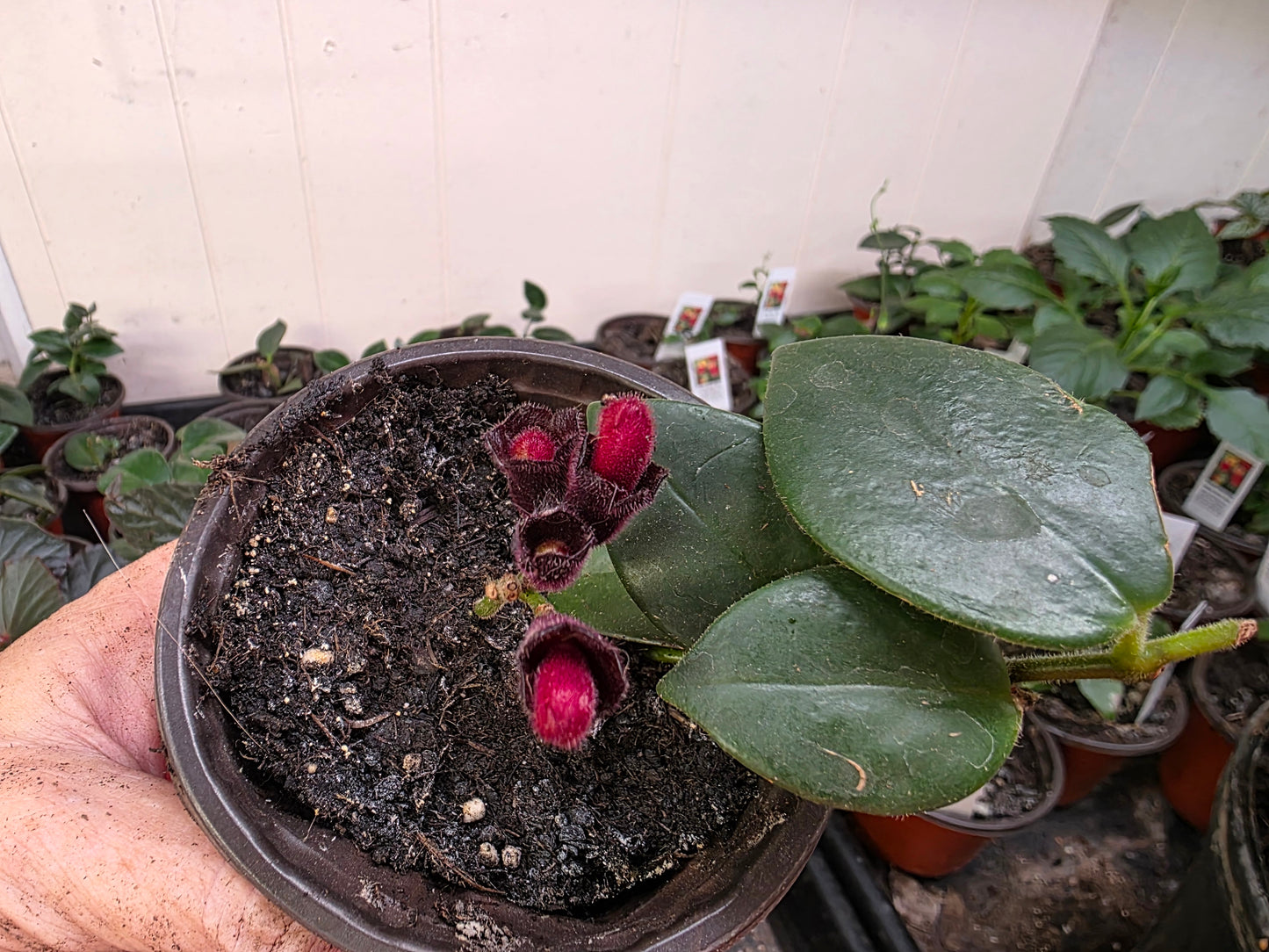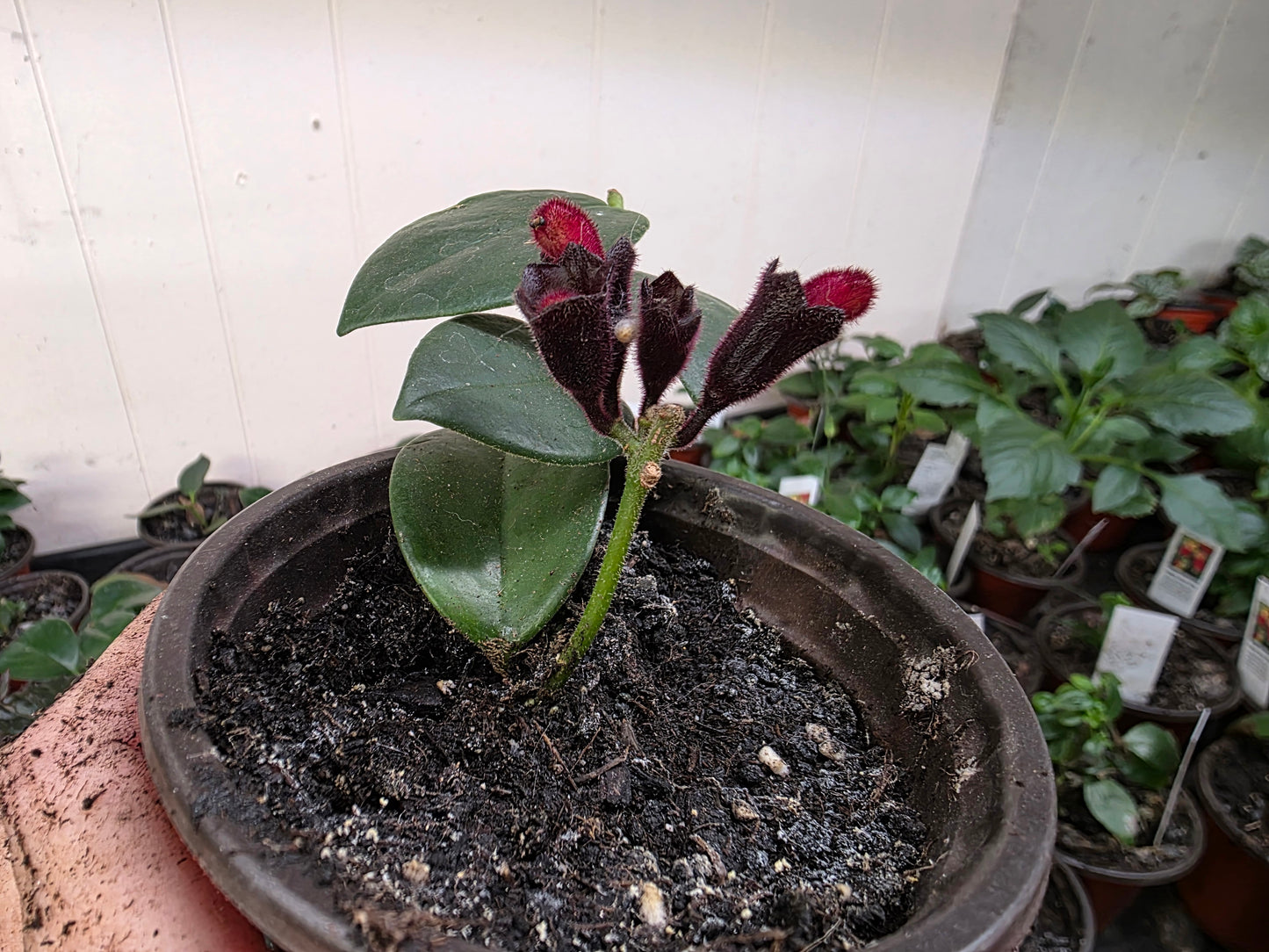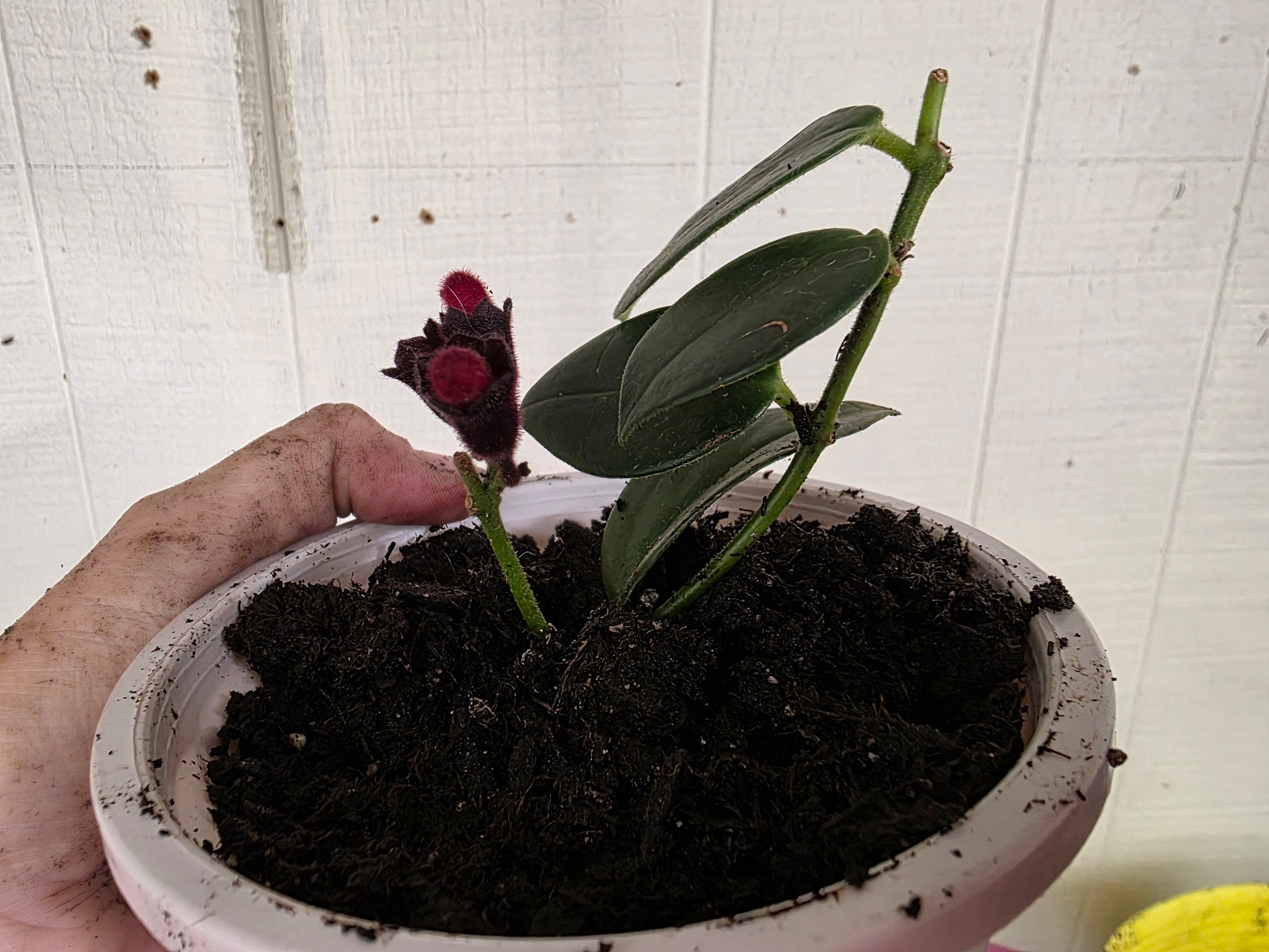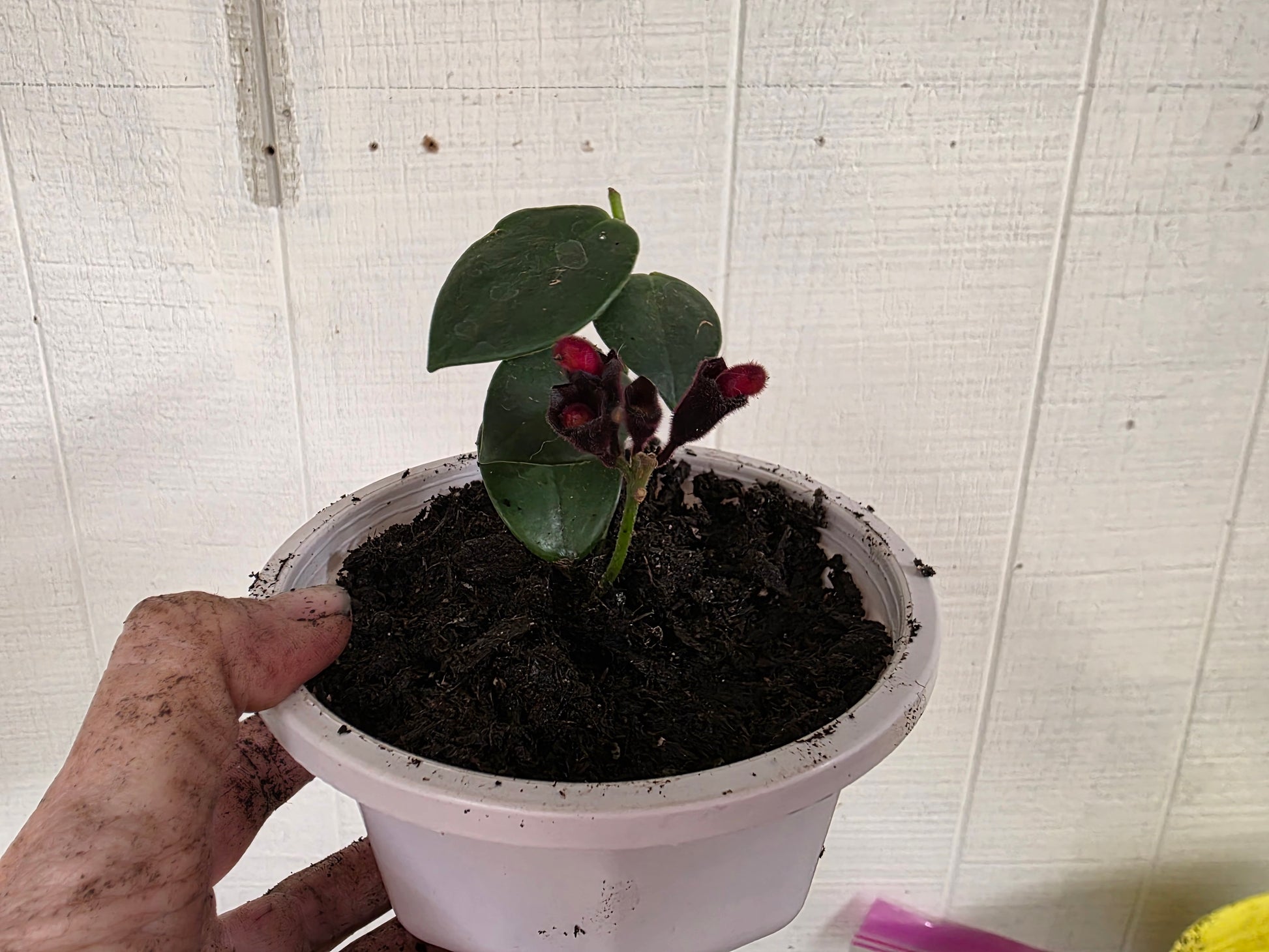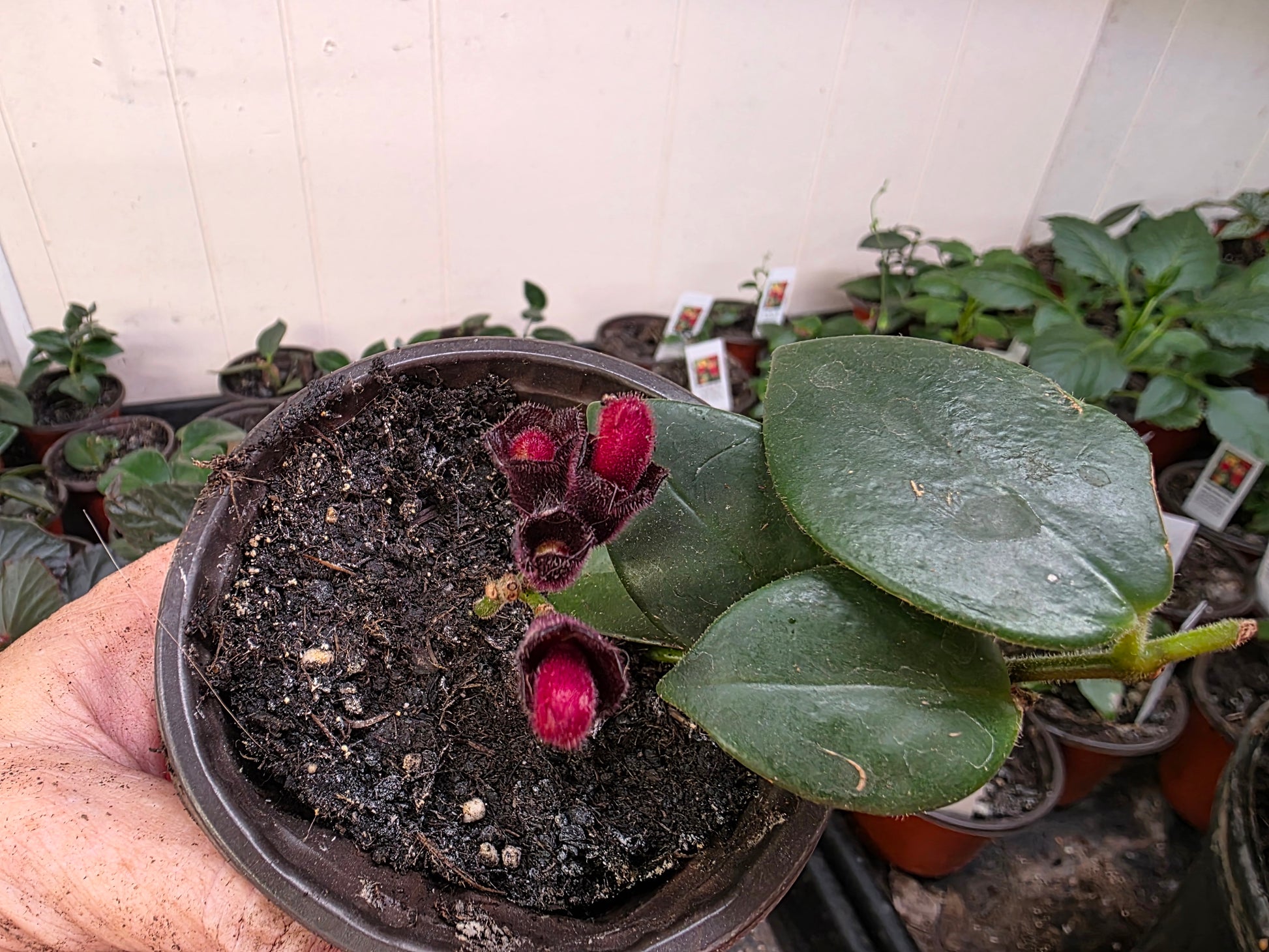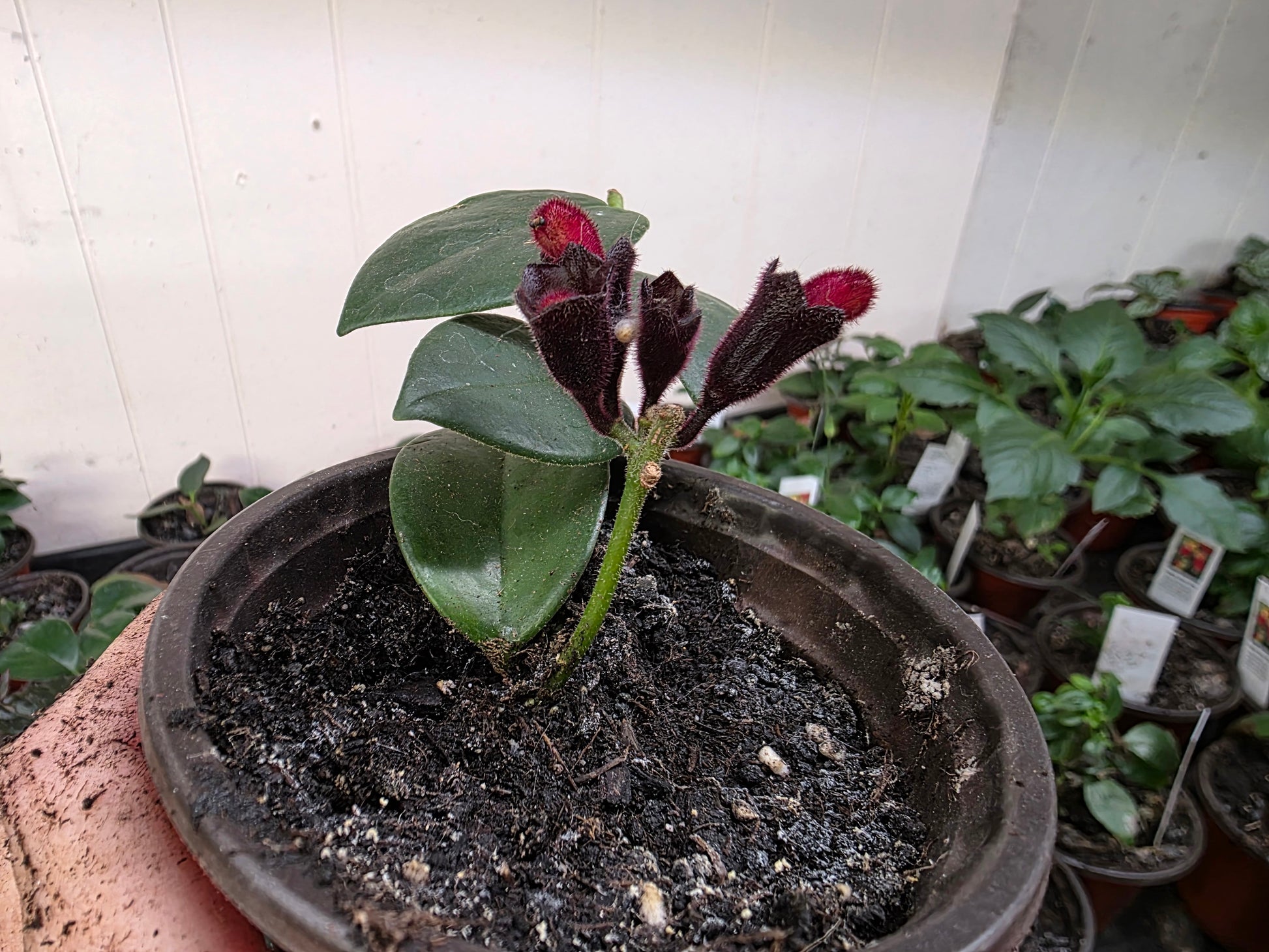Diane Van Dyk Co.
LIPSTICK Rooted Starter Plant about 2 inches tall RARE
LIPSTICK Rooted Starter Plant about 2 inches tall RARE
Couldn't load pickup availability
Lipstick Rooted Starter Plant about 2 inches tall 1 Live Plant RARE.
This is a rooted starter plant/plug. Ships no pot
The Lipstick Plant (Aeschynanthus radicans), also known as the lipstick vine or basket vine, is a striking evergreen perennial often grown as a houseplant. It's native to the tropical rainforests of Southeast Asia, where it grows epiphytically, meaning it grows on other plants or trees for support, rather than rooting in the ground.
Lipstick Plant – Care and Propagation
Lipstick Plant Care Guide: Growing Aeschynanthus radicans ...
Aeschynanthus Care Guide (lipstick plant) - Highland Moss
How to Grow and Care for Lipstick Plant
Curly Lipstick Plant (Aeschynanthus Radicans) - Angus & Celeste
Key Characteristics:
Flowers: The most notable feature are its vibrant, tubular red flowers that emerge from dark buds, resembling a tube of lipstick. These flowers typically bloom in clusters, making it an ideal choice for hanging baskets or tall containers.
Foliage: It has waxy, dark green, elliptical leaves, sometimes edged with red. The leaves are thick and leathery, providing a handsome sheen.
Growth Habit: It has a trailing or cascading growth habit, making it well-suited for hanging baskets or shelves.
Care Requirements:
Light: Lipstick plants prefer bright, indirect light, mimicking their natural habitat under tree canopies. An east- or west-facing window is ideal.
Watering: Maintain consistent moisture, but avoid overwatering, as this can lead to root rot. Water when the top inch of soil feels dry.
Soil: Use a well-draining, loose potting mix, potentially amended with perlite or orchid bark.
Temperature and Humidity: It thrives in warm temperatures (65-75°F) and high humidity. Misting or using a pebble tray can help increase humidity.
Fertilizing: Feed with a balanced, liquid houseplant fertilizer every 2-4 weeks during the growing season (spring and summer).
Flowering:
With proper care, lipstick plants can bloom year-round, with the most abundant flowering in spring and summer.
To encourage more blooms, ensure adequate light, the right amount of fertilizer, and a cooler, drier period in winter to help set buds.
Pruning after flowering also encourages new growth and flowering.
Propagation:
Lipstick plants are easily propagated from stem cuttings.
Take a cutting, dip the end in rooting hormone (optional), and plant it in moist soil or water. Roots should form in a few weeks.
Common Problems:
Overwatering: Can lead to root rot and leaf drop.
Insufficient light: May result in leggy growth and reduced flowering.
Pests: Watch for aphids, spider mites, and mealybugs.
Diseases: Susceptible to fungal issues like leaf spot and powdery mildew, especially in humid conditions with poor air circulation.
Varieties:
There are several varieties with different leaf shapes and flower colors, including:
'Curly': Has wavy leaves.
'Mona Lisa': Features orange-red flowers.
'Rasta': Known for its densely twisted leaves.
'Black Pagoda': Has variegated foliage and green and yellow blooms.
Note: Lipstick plants are considered non-toxic to pets and humans.
Share
